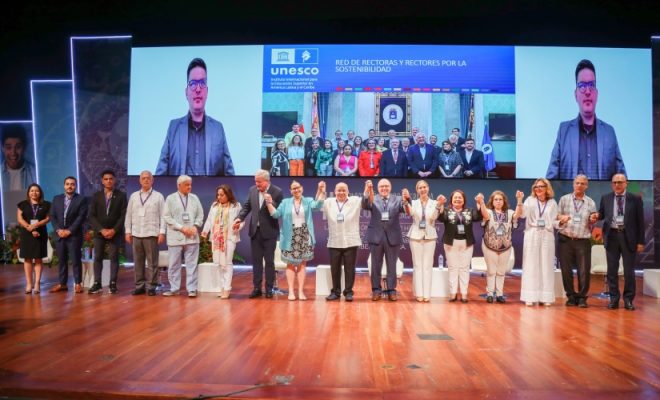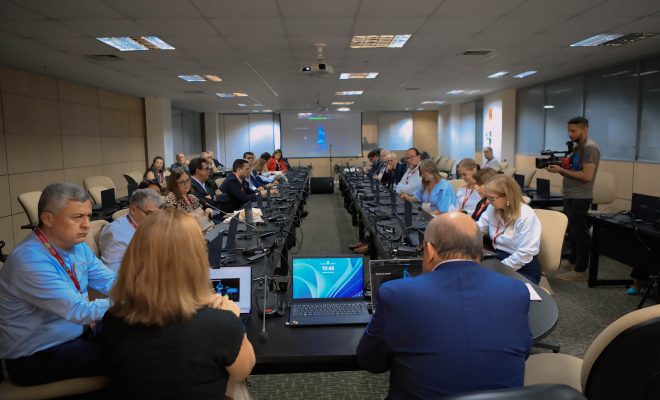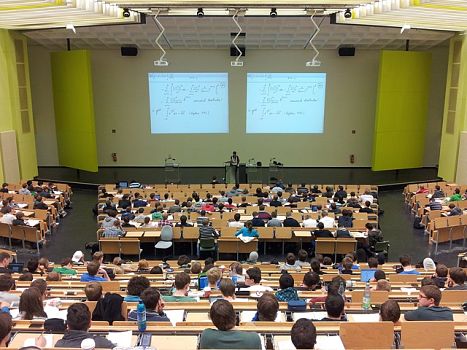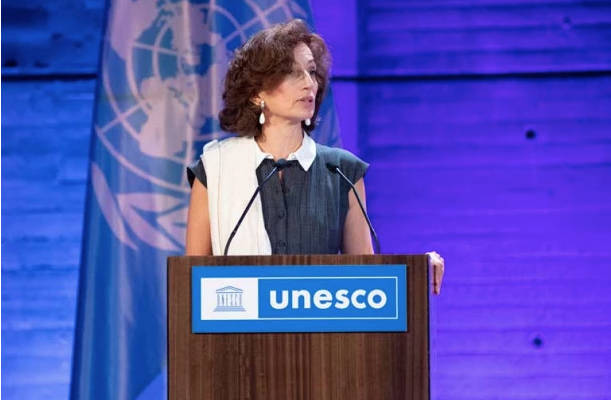New brief on green campuses released
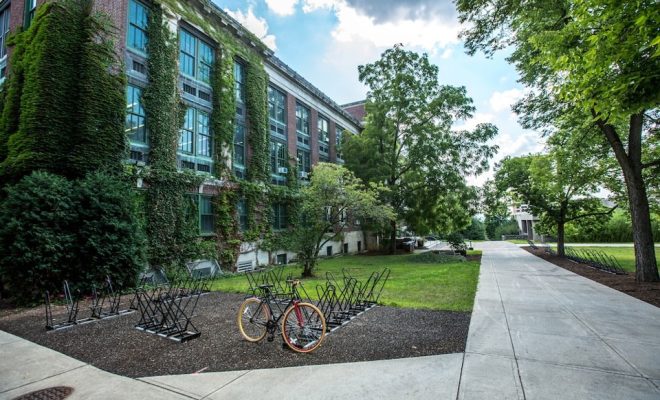
So far, 2024 has witnessed record-breaking high temperatures and extreme climate events, a stark reminder of the need for urgent climate action. Higher Education Institutions (HEIs) are stepping up to the challenge by increasingly transforming their campuses and operations and reducing their carbon footprint – in line with Sustainable Development Goal (SDG) 13. Many HEIs are also adopting sustainable procurement practices and waste management (supporting SDG 12), and playing an active role in biodiversity conservation (supporting SDGs 14-15).
UNESCO IESALC has just launched an SDG brief that explores the current state of sustainability initiatives in HEIs. The brief highlights inspiring global good practice cases and lays out concrete measures that HEIs can take to transform their campuses.
Creating a truly green campus involves more than just reducing the carbon footprint; it requires a comprehensive approach that integrates sustainable practices into all aspects of campus life. Energy efficiency systems, waste reduction programs, sustainable transport options and environmentally friendly infrastructure design and management all contribute to a greener campus.
Some key actions HEIs can adopt include:
- Monitor energy use and carbon emissions.
- Renovate buildings to increase energy efficiency, using better insulation and smart technologies to minimize unnecessary energy consumption.
- Prioritizing the use of existing facilities and consider environmental impacts before any expansion.
- Switching to electricity providers that offer certified renewable energy and installing solar panels or other renewable technologies on campus.
- Promoting public transport by ensuring affordable and convenient options, and creating safe walking and cycling infrastructure to make sustainable commuting easier.
- Developing waste management systems that avoid the contamination of land and water (particularly from laboratories or electronic waste), minimize waste (especially plastics), and maximize recycling and reuse.
- Conduct biodiversity assessments while expanding forest area or creating green urban spaces.
HEIs can serve as leaders and innovators, modeling sustainable practices that can be scaled up to broader community or city level. Achieving this vision requires leadership commitment through strategic planning, clear goals, and allocated resources. Governments can further accelerate these efforts by providing financial support, regulatory incentives, and policy frameworks that foster transformation.
For more detailed recommendations and case studies, explore the full SDG brief now and see how HEIs worldwide are championing sustainability:

These recommendations are also integrated in UNESCO IESALC’s free online resource, the Sustainability Evaluation Tool for Higher Education Institutions (SET4HEI).
RELATED ITEMS
